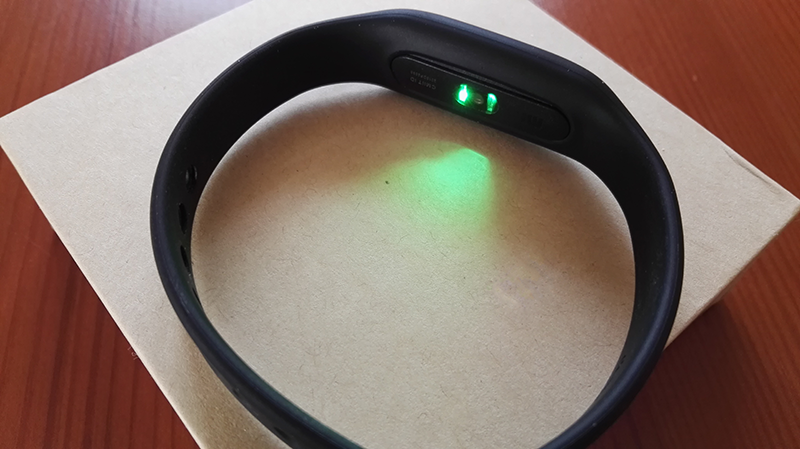A clinical trial on Korean adults have found that wearable devices along with good patient adherence and sustained engagement may be an efficient strategy for treating patients with metabolic syndrome (MetS).
Read more Study: Weight loss wearables most effective alongside intradisciplinary approach
Metabolic syndrome is a cluster of conditions – hypertension, insulin resistance (high blood sugar), excess fat around the waist, and unusual cholesterol or triglyceride levels – that occur at the same time, increasing a person’s risk of heart disease, stroke and diabetes.
Few studies have examined the effect of wearable devices on chronic diseases. So, the researchers hypothesized that a wearable device that can monitor and provide feedback on physical activity may resolve MetS.
For their study, the researchers examined the objective effects of the use of these devices on MetS resolution.
The team recruited 53 patients diagnosed with MetS. The participants were prescribed regular exercise with a wearable device (Coffee WALKIE +Dv.3, GC Healthcare CI, Korea) on their wrist or waist for 12 weeks.
The participants received self-feedback on the amount of their exercise through an application on their smartphone. The information on their physical activities was uploaded automatically on a website so that a trained nurse could provide them with feedback regarding physical activity via telephone consultation on alternate weeks. The individuals’ blood pressure, body composition, fasting plasma glucose, and lipid profiles were recorded.

Of the 53 subjects recruited, 20 subjects with a median age of 46 years (range 36-50 years) completed the trial.
There was no significant difference in the amount of calorie expenditure on weeks 4, 8, and 12. The exercise was constantly maintained for 12 weeks.
Researchers found that after 12 weeks, the wearable device was able to efficiently treat 9 participants (45%) with MetS. The average number of metabolic impairment components per person decreased from 3.4 to 2.9. Particularly, the mean systolic and diastolic blood pressure decreased from 136.6 ± 18.5 mmHg to 127.4 ± 19.5 mmHg and from 84.0 ± 8.1 mmHg to 77.4 ± 14.4 mmHg, respectively (P=0.015, P=0.022).
Read more Maxim’s New Wrist Worn Platform Allow Developers to Design Highly Precise Health Wearables
“Wearable devices along with good patient adherence and sustained engagement may be an efficient strategy for treating patients with MetS,” the authors wrote.
The researchers involved in this trial were: Up Huh; Young Jin Tak; Seunghwan Song; Sung Woon Chung; Sang Min Sung; Chung Won Lee; Miju Bae; and Hyo Young Ahn.
The results were published in the Journal of Medical Internet Research (JMIR).












